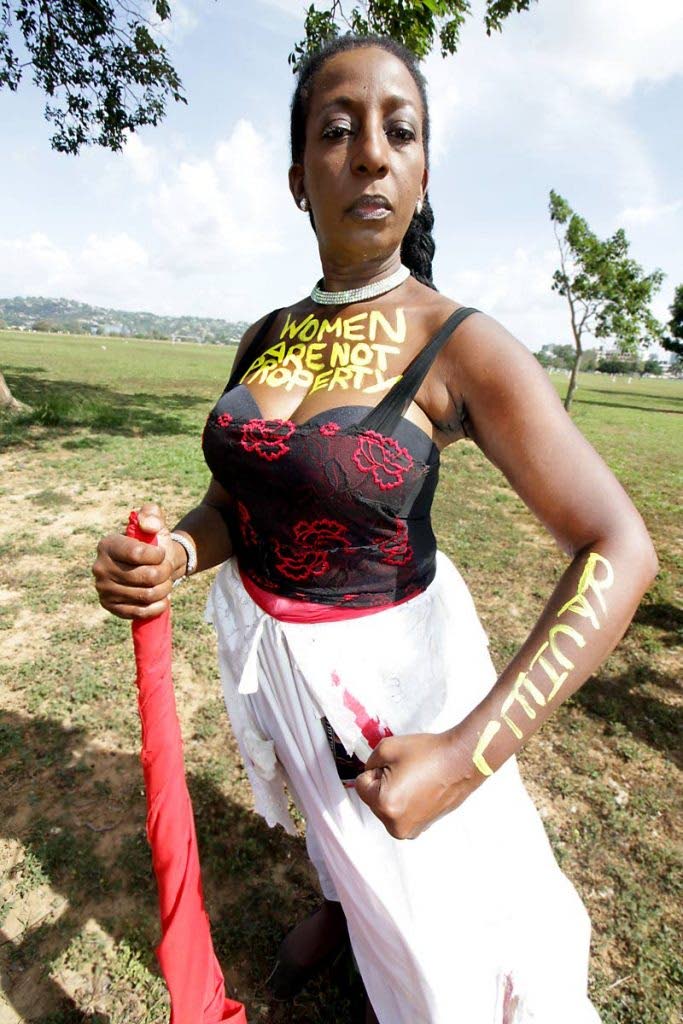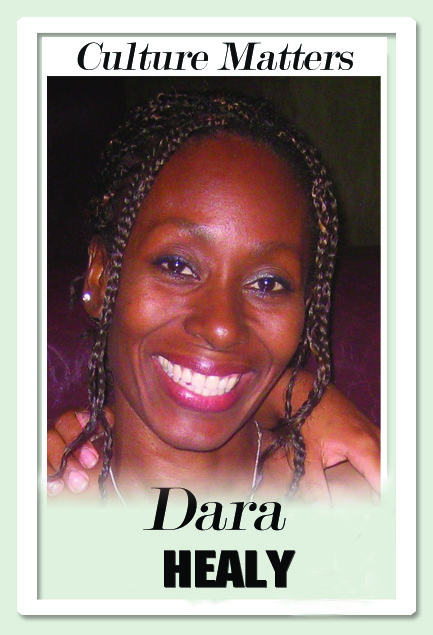Leah the jamette woman

Culture Matters
You think because you name Alice Sugar
You entitle to have tout moun man on a platter? Girl
ah go unsweeten you here today
yuh sugar go melt when I done make mih play!
– extract from Kambule by Eintou Pearl Springer
THE CIRCLE of artists sat in stunned silence. Some exchanged knowing looks – “Yeah, Kambule going and be on fire this year.”
Leah was reading for the role of Boadicea, a notorious jamette from Port of Spain in the 1800s. Boadicea, Alice Sugar, Hard Back Doris and the other jamettes are now immortalised in the play Kambule, which celebrates their victory against attempts by the British to stop Carnival. The jamette women were central to that struggle, fighting alongside stickfighters led by the remarkable Joe Talmana.
During the rehearsal process, Leah spoke passionately about the importance of tapping into the essence of being a jamette. She spoke mainly to the women, but at another level, she was calling for a greater understanding between men and women. For her, jammetry was about building character and community. Perhaps most significantly, it was about staking one’s place in the world.
Over the years Leah and I stayed connected, although we would lose touch for long periods of time. As I stared at the photo of her with “women are not property” written across her chest, I wondered about her journey and the fact that it ended with her being alone. As I stared into her eyes, I recalled the last few times when I saw her and tried to get her to open up to me. She always gently put me off with a non-committal, "It not easy, girl. We will talk.”
But we never did, not really, not in the way her eyes said she needed to.
I observed the evolution of Leah as she reached deep into indigenous culture and African spirituality. Increasingly, she used her art to protect feminine power and campaign against injustice.
“Women are not property.” The words written on her chest spoke to a life that was anything but easy.
Still, her height, talent and ability to command the largest of stages allowed her to be a formidable artist. From the Astor Johnson Repertory Dance Theatre to Tony Hall and Best Village, Leah was rooted in the culture that emerged from the core of our TT experience.
As I stared at her photo, I wished I could have done more for Leah, wished that she had let me in. I thought too about the many artists – some of whom we call icons – currently eking out meagre existences, largely forgotten by the society to which they have given so much.
I wondered how strong the smell of dying artists needed to be before our profession is validated.
At least the reintroduction of civics into school curricula is positive and encouraging. It acknowledges that we have to spend the time now to develop the citizen of our future. However, in our post-colonial, post-independence reality, a decision must also be made about how that citizen will be crafted. Currently, we have arts programmes in schools, but in my experience such programmes are being delivered through methodologies that reinforce alienation from ourselves. As such, there is an urgent need to revolutionise the very way we teach. Further, we need to celebrate the value in being different, of following your passion and taking risks in your chosen path.
Jamette Carnival and jamette behaviour evolved under the impoverished living conditions of the urban working class. The masquerade became their forum to protest continuing social disparities. The mas was the one space in which they could reclaim their power. After emancipation, they were free to express themselves as they chose; offending the elites was part of their mission and, of course, their enjoyment. The mas also showcased their resilience. Every time one form of cultural expression was banned, they simply invented another.
Leah understood these ancient energies and deliberately called on them as she displayed her bloodstained skirt in the centre of the road.
It is quite possible that the performance of Kambule was the last time Leah appeared on a stage.
I am thankful for the jamette energy she summoned because it is fierce, unstoppable and unapologetic. Like Alice Sugar, the woman she fought for Joe Talmana, Leah remained a jamette until the end, doing it in her way, making the statement that she wanted to, forcing us to take notice.
Rest in peace and warriorhood, sistren. But more importantly, rest.
 Dara E Healy is a performance artist, communications specialist and founder of the NGO, the Indigenous Creative Arts Network – ICAN
Dara E Healy is a performance artist, communications specialist and founder of the NGO, the Indigenous Creative Arts Network – ICAN


Comments
"Leah the jamette woman"